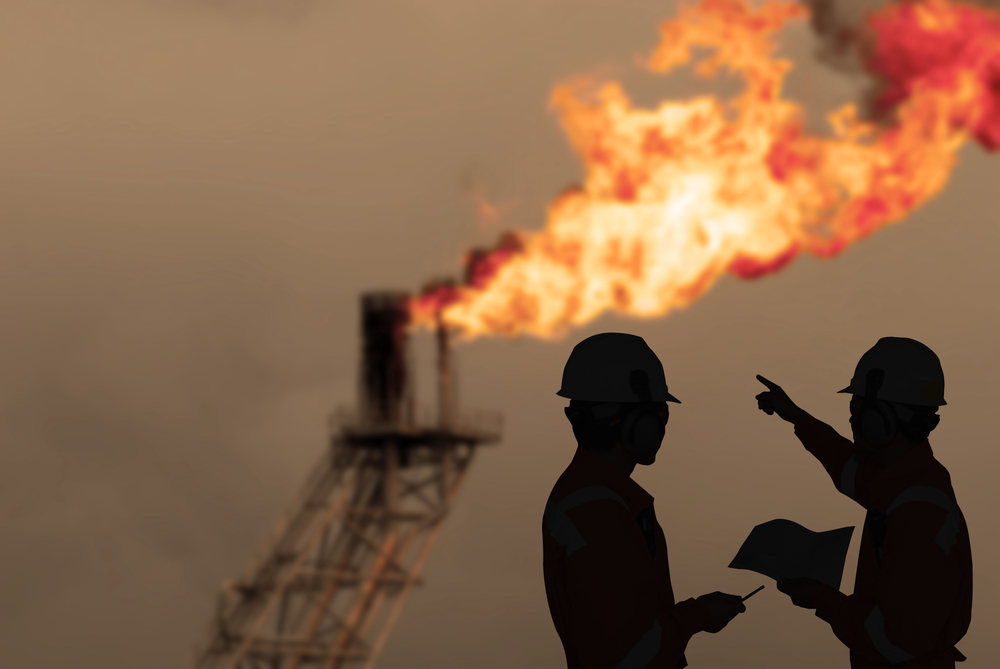Recently, I had to plunk down money on a new car. The old one was, well, pretty much ancient.
When I bought it new for cash, Bill Clinton had just survived impeachment, gold was $300 an ounce, the Dow was at 9,000 and “Google” was not yet a verb. That was 17 years, two clutch replacements (I love manual shift transmissions), a second paint job and 250,000 miles ago.
What did my wife and I choose as our next vehicle?
We considered at a lot of different types: a few luxury sedans, a couple of crossovers, SUVs, you name it. But when it came for a final decision, we looked at today’s “oil glut” headlines, along with sub-$2 per gallon gasoline, and made what I’m sure you’ll agree is the obvious choice…
We bought a fuel-sipping, 40 mpg subcompact econobox.
Now, I know what you’re saying…
“JL, get a grip. Polyester, leisure suits and disco all went out of style with Jimmy Carter. And so did caring about your car’s fuel mileage.”
I was the one who recently wrote about Saudi Arabia and its ginormous 350-story Kingdom Tower as a monument marking “the ‘long goodbye’ of oil as the world’s dominant fuel source in the 21st century.”
So what gives?
Out of Sync Oil = Profits
Let me put it this way: In a world economy that burns 96 million barrels of liquid fossil each day, supply and demand rarely match up in perfect order.
One zigs while the other zags.
Revving economies, wars — like the one that seems to be steadily widening around Syria — and the wax-and-wane of the oil industry’s own investment cycles all play a role.
So, while oil is slowly becoming less important to the 21st-century global economy, we still have 84 years’ worth of booms and busts left to go.
That leaves a lot of money to be made for anyone interested in looking beyond the recent spectacle of analysts falling all over themselves to predict $10 a barrel or $20 a barrel oil.
Maybe they ought to be analyzing something called “spare capacity.”
Back in September, one such analyst at the oil and gas consulting firm Rystad Energy did just that, and concluded: “The oil market is at risk of price spikes despite the focus on oversupply.”
The reason? Saudi Arabia has very little ability to quickly ramp up production.
“Current spare capacity,” wrote the analyst, “is far lower than the 2.1 million barrels a day the Kingdom held in 2009, when the oil market last demonstrated a significant misbalance in supply and demand.”
What about U.S. and Russian oil filling the gap?
Rystad’s analyst believes the Russians are likewise pumping all-out — the Putin regime needs all the cash it can get. U.S. producers, on the other hand, could bring a lot of oil online quickly. But we’re talking about “hundreds of companies making individual production decisions.”
After the bust of the last two years, it’s doubtful they’ll all immediately jump on any opportunity to pump more oil.
Even using the word “glut” may no longer apply in a handful of months.
BP’s top executive recently predicted, with some hyperbole, there’s so much oil right now that “every tank and swimming pool in the world” is going to fill up with the stuff. But in the same sentence, he went on to say that “…fundamentals are going to kick in. The market will start balancing in the second half of this year.”
In other words, get ready for higher prices.
“Max Gasoline Mode”
Here’s where the whole thing of mismatched supply and demand really comes into play over the long term…
America: The vehicles we drive may have a lot less chrome and a lot more plastic and silicon, but America’s long-running love affair with the automobile is far from over.
Not by a Texas mile (or a New York minute).
As 2015 drew to a close, U.S. demand for gasoline hit its highest peak in eight years. And no wonder, with prices of less than $2 a gallon in much of the country.
Early this month, two of the largest independent refiners, Valero Energy and Phillips 66, said they are in “max gasoline mode.” They can’t make enough of the stuff.
Phillips’ CEO told analysts his company exported less gasoline to overseas markets because it had so much homegrown business.
It’s not just Americans, either.
China: Despite a contracting economy, Chinese consumers bought a record 25 million vehicles last year, a 4.7% increase from 2014 levels (Americans, for comparison, purchased 17 million cars and trucks last year).
To be fair, a chunk of those sales occurred in the fourth quarter thanks to a well-timed government tax cut. OK, fine.
But with the headlines about China’s declining GDP, you’d think oil consumption was way down too.
Wrong! Gasoline demand rose 9% last year, and jet fuel consumption jumped by 15%. Chinese use a lot of propane to heat their homes in the winter — consumption of that fuel (technically, it’s LPG — liquid petroleum gas) rose more than 20%.
All those categories, say independent analysts, should rise by similar amounts or more in 2016, while China’s overall oil demand rises a none-too-shabby 3%.
India: Let’s face it. When most of us think about India, we think of massively congested streets in its major cities. Those are the images buried in our minds from news reports. So it’s easy to assume there’s little interest in buying a new car.
The assumption couldn’t be more wrong. Car sales rose 10% last year, and hit a record high of more than two million vehicles.
Like the China, and the U.S. before it, India is finally embracing the “Field of Dreams” policy when it comes to highways and cars: “If you build it, they will come.”
After years of stagnation and foot-dragging, road building has a major priority from the national government. The country’s national highway authority awarded nearly 5,000 kilometers (about 2,800 miles) worth of roadbuilding contracts last year, with a goal of laying 30 kilometers a day (or nearly 7,000 miles a year). That may not sound like much for a subcontinent-sized country, but then again the historical average was a paltry two kilometers a day (a meager 450 miles a year).
So it’s no wonder that India’s oil consumption is on a sharp curve higher. This year, economists expect it to grow by another 300,000 barrels a day, surpassing for the first time even China’s considerable demand growth.
The main point here is something that our Jeff Opdyke harps on all the time (and for good reason): Don’t get used to low energy prices — as a motorist (or investor).
Low energy prices are creating economic and business risks that we’ll all have to adjust to when the oil market rebalances. But it also creates opportunities for investors (Jeff has a number of energy stock plays in Total Wealth Insider, if you’re a subscriber). Oil prices run in long up and down cycles; this current one will pass soon enough. And as it does, so will a prime investing opportunity.
Kind regards,

JL Yastine
Editorial Director, The Sovereign Society



